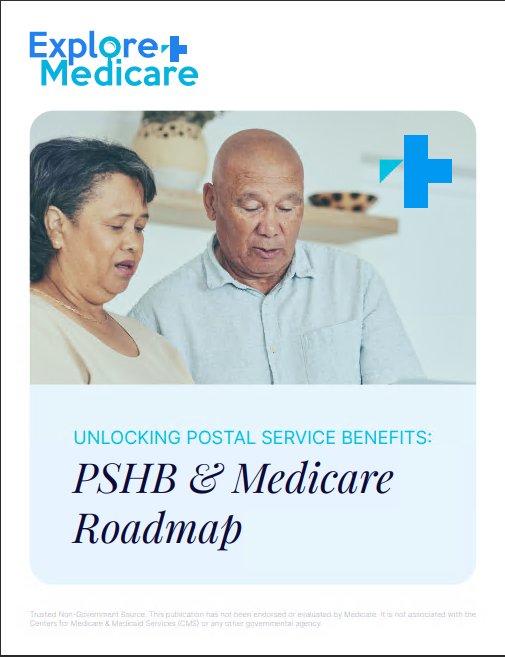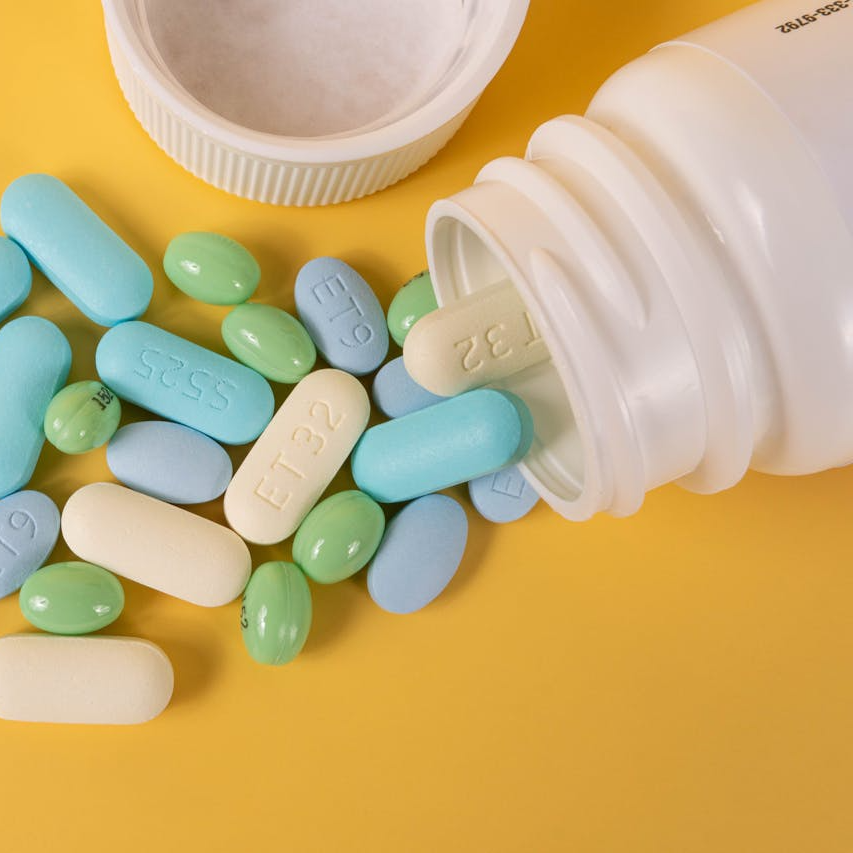Key Takeaways
-
The elimination of the Medicare Part D coverage gap, commonly known as the “donut hole,” has introduced a $2,000 annual cap on out-of-pocket prescription drug costs in 2025.
-
This change simplifies Medicare Part D’s structure and provides financial relief, ensuring beneficiaries have better access to necessary medications.
A Clearer Path to Affordable Medications
The year 2025 marks a pivotal change in how Medicare Part D works, particularly when it comes to prescription drug expenses. For years, the infamous “donut hole” complicated out-of-pocket costs for Medicare beneficiaries, leaving many unsure about their financial responsibility for medications. Now, with the introduction of a $2,000 annual cap on out-of-pocket prescription drug costs, this gap is officially a thing of the past.
But what does this really mean for you as a Medicare beneficiary? Let’s break it down step by step and explore how this change can make your prescription drug costs more predictable and manageable.
What Exactly Was the Donut Hole?
If you’ve been enrolled in Medicare Part D in the past, you’ve likely heard of the coverage gap referred to as the “donut hole.” Here’s how it used to work:
-
You would start the year in the deductible phase, where you paid 100% of your drug costs until meeting your deductible (up to $590 in 2025).
-
Next came the initial coverage phase, during which you and your plan shared the costs of prescription drugs.
-
Once your spending hit a certain threshold, you entered the donut hole, where your costs increased significantly until reaching catastrophic coverage.
The donut hole was designed as a cost-sharing mechanism but often resulted in higher out-of-pocket expenses for beneficiaries at the worst possible time. Now, that middle phase is gone, replaced by a more straightforward approach.
The $2,000 Cap: What’s New in 2025?
Medicare Part D’s structure has been simplified into three phases:
-
Deductible Phase: You pay up to $590 out of pocket for covered prescription drugs before your plan begins contributing.
-
Initial Coverage Phase: You pay coinsurance or copayments alongside your plan until your total out-of-pocket spending reaches $2,000.
-
Catastrophic Coverage Phase: Once you hit the $2,000 limit, your plan covers 100% of covered prescription drug costs for the rest of the year.
This $2,000 annual cap ensures that no matter how many prescriptions you need, your out-of-pocket costs won’t exceed this amount. For many beneficiaries, this change brings significant financial relief.
How This Change Benefits You
1. Predictable Costs
One of the biggest frustrations with the old system was the unpredictability of costs. Without the donut hole, you now have a clear picture of your maximum out-of-pocket expenses for prescription drugs. This allows you to plan your budget for the year without worrying about sudden increases in costs.
2. Access to Medications
The $2,000 cap ensures that life-saving and long-term medications are more accessible. You won’t have to make difficult choices between filling a prescription and paying for other essentials like housing or groceries.
3. Simplified Structure
Gone are the days of navigating complex phases and understanding coverage gaps. The new structure is easier to understand, which is particularly helpful if you’re new to Medicare or looking to make more informed healthcare decisions.
Important Timelines and Enrollment Periods
The changes to Medicare Part D are already in effect as of January 1, 2025. However, understanding when and how you can make adjustments to your plan is crucial. Here are the key enrollment periods to keep in mind:
-
Annual Enrollment Period (October 15 to December 7): This is the time to review your Medicare coverage and make changes for the upcoming year.
-
Special Enrollment Periods: These are triggered by qualifying life events, such as moving or losing other health coverage.
If you’re already enrolled in a Medicare Part D plan, the changes should have automatically taken effect. Still, it’s a good idea to review your plan annually to ensure it meets your specific needs.
What About Prescription Drug Costs?
While the $2,000 cap applies to out-of-pocket costs, it’s important to understand how overall prescription drug costs are calculated. Here are a few factors that can influence what you pay:
1. Formulary Tiers
Each Medicare Part D plan uses a formulary (a list of covered drugs) organized into tiers. Lower-tier drugs, such as generics, typically have lower copayments, while higher-tier drugs, like specialty medications, may be more expensive.
2. Network Pharmacies
Using pharmacies within your plan’s network can significantly reduce your costs. Many plans offer preferred pharmacy networks where you’ll pay the least.
3. Extra Help Programs
If your income and resources are limited, you may qualify for programs like Medicare’s Extra Help, which can further reduce your prescription drug costs.
Strategies to Maximize Your Benefits
To get the most out of Medicare Part D, here are some tips:
1. Review Your Plan Annually
Each year, plans can change their formularies, premiums, and cost-sharing requirements. Reviewing your plan during the Annual Enrollment Period ensures you’re not paying more than necessary.
2. Talk to Your Doctor
If you’re prescribed a high-cost medication, ask your doctor about generic or lower-cost alternatives. Many drugs have equally effective but less expensive options.
3. Track Your Spending
Keep a record of your prescription drug expenses throughout the year. This will help you understand how close you are to the $2,000 cap and plan accordingly.
The Role of Medicare Advantage (Part C)
Some Medicare Advantage plans include prescription drug coverage (MAPD). These plans must adhere to the new $2,000 out-of-pocket cap. If you’re enrolled in a Medicare Advantage plan, review your plan details to see how the prescription drug coverage compares to standalone Part D plans.
Keep in mind that Medicare Advantage plans often include additional benefits, such as dental and vision coverage, but their costs and coverage can vary significantly. Be sure to weigh all factors before making a decision.
Changes to Expect Moving Forward
The introduction of the $2,000 cap represents a significant step toward making prescription drugs more affordable. But Medicare’s commitment to improving accessibility doesn’t end here. Additional changes include:
-
Pharmacy Access Improvements: Efforts are underway to expand access to affordable medications in rural and underserved areas.
-
Payment Plan Options: Medicare’s new payment plan lets beneficiaries spread their out-of-pocket drug costs over the calendar year, providing even greater flexibility.
-
Monitoring Drug Prices: Medicare will continue working to negotiate lower drug prices with pharmaceutical companies to further reduce costs for beneficiaries.
Your Next Steps
Now that the donut hole is history, this is the perfect time to evaluate your Medicare coverage. Here’s what you can do:
-
Check Your Plan: Make sure your current Medicare Part D plan reflects the changes and meets your needs.
-
Review the ANOC: The Annual Notice of Change (ANOC) outlines any updates to your plan, including premiums, deductibles, and covered drugs.
-
Consult with a Professional: If you’re unsure about your options, speak with a Medicare counselor or representative to get personalized advice.
Planning for a Healthier Future
The elimination of the donut hole and the introduction of the $2,000 annual cap represent a monumental shift in Medicare’s approach to prescription drug costs. With this change, you can focus more on your health and less on worrying about unexpected expenses. Whether you’re managing chronic conditions or simply planning for the future, Medicare Part D now offers a clearer and more affordable path forward.









